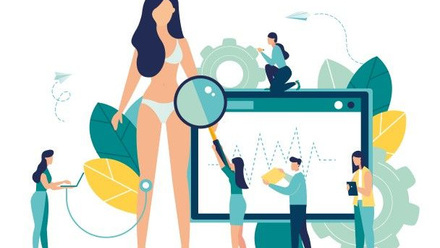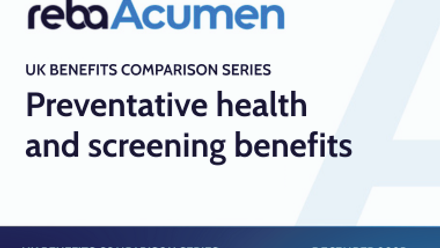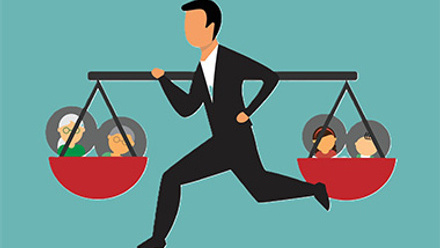Why returning to old ways of managing employee wellbeing could undermine resilience

Research carried out by Forrester Consulting in 2021 on behalf Modern Health, offers insight into what’s been happening: 87% of workers wanted their employers to care about their mental health – but only 66% actually felt supported. Furthermore, 60% of the employers surveyed intended to revert straight back to their pre-pandemic mental health strategy.
The impact of the pandemic on mental health
The past two years of the global pandemic shone a spotlight on the mental health of nations like never before: there was a shift in attitudes and reduction in stigma, everyone was talking about mental health. As a result, employee assistance programmes (EAPs) came into their own as an essential service for employees.
Adapting quickly to the need for video counselling and more digital services, EAPs were ‘always on’, available to help people through the months when work and home routines fell apart. In particular, EAPs were there for the frontline employees, the people in blue light roles, NHS workers, care workers, those who were taking the greatest risks and keeping fundamental sectors like manufacturing, finance, transport, law and government running.
Office for National Statistics (ONS) figures suggest that pre-pandemic the prevalence of moderate or severe depressive symptoms among the general population was 10%. This rose to 19% by the summer of 2020, and went up to 21% by March 2021. The figures settled at around 17% by summer 2021.
EAP usage during the pandemic and beyond
The Employee Assistance Programme Association (EAPA) UK report published in January 2022, Financial Returns on EAPs: the Pandemic Effect 2022, showed that 347,000 more employees turned to support from an EAP between October 2020 and October 2021, compared with previous years. The evidence comes from information provided by 3,200 HR professionals using the EAPA UK ROI calculator: the biggest data set on EAP usage, impact and financial returns in the UK, representing anonymised information from seven million employees.
What EAP providers are now seeing is longer-term fall-out from years of stress and struggle and the impact on work and home relationships, finances and broader health. Pre-existing mental health conditions have been made worse by the Covid-19 experience, and there is still pent-up demand from employees who did not seek support earlier and are now feeling the consequences of ongoing stress and worry. Current ONS data tracking anxiety shows that this remains above pre-Covid levels.
Higher levels of EAP usage and the continuing need for longer-term support for more complex cases involving multiple issues, are expected to become the norm for the foreseeable future. Progress had been made in putting HR and its role with wellbeing in the front and centre of organisational strategy and purpose. But employers can’t afford to just return to ‘normality’. There is now considerable strain on employers to build back their business and push for new growth. The emergence of hybrid working, and questions marks over its sustainability, mean new sets of challenges and uncertainties for both employees and their managers.
The future of mental health
Businesses need to keep moving forward to find a more ethical balance between ‘success’ and employee wellbeing. In this context, when the progress toward greater resilience is being undermined by the rush to return to old ways of doing business, HR need to ensure they are getting the most from their EAP. HR need to be aware of usage levels, what’s working for them, the potential for changing or targeting offerings, and keeping awareness levels and engagement with services high.
Large employers have seen huge increases in their EAP ROI. Up to 50% in some cases. This appears to be the result of higher levels of engagement with the EAP, through practices such as:
- extensive communications and specific campaigns around issues like sleep and gender health;
- encouraging access through phone, online resources, chatroom, videos, webinars, podcasts and apps;
- having active managers who are in a position to discuss the EAP during one-to-ones with line reports;
- using benchmarking against others nationally, in the same region and same sector; and,
- using EAP data in management reporting and budget discussions.






